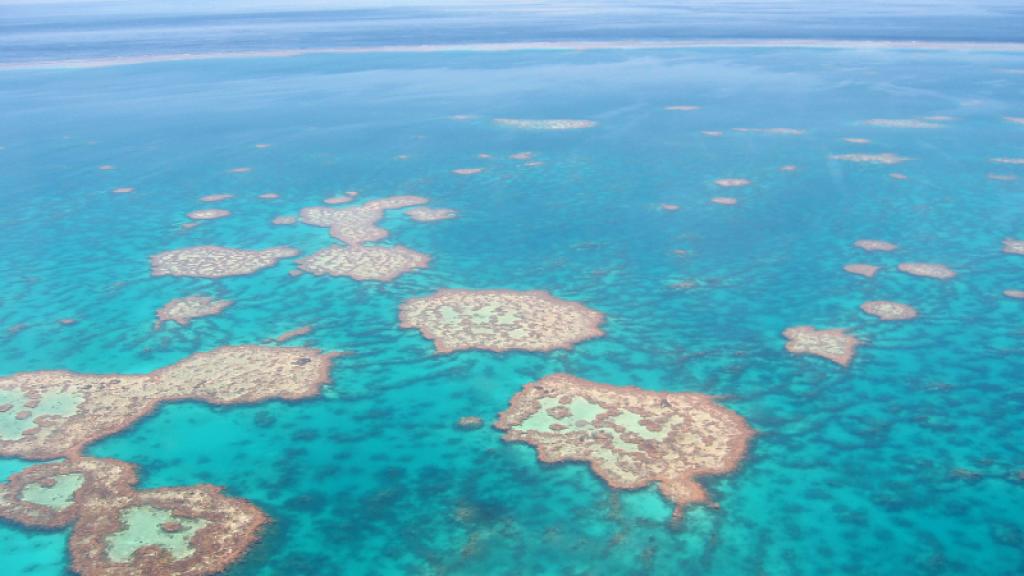
In the clear warm waters of tropical Queensland in Australia, lies a wonder that has to be seen to be believed. As if experiencing the beautiful climate and atmosphere of the region itself were not attractive enough, visitors are amazed at the stunning pleasure of the Great Barrier Reef.
A coral reef is formed when millions of tiny animals called polyps build a hard limestone skeleton as they live and die, each new layer building on previous layers to form coral rock in a variety of formations. These structures provide a haven for a variety of other sea creatures, producing a community of incredible diversity and colour and filled with remarkable relationships.
Coral reefs grow in shallow water in the warmest parts of the world. Coral generally cannot survive below 20 degrees Celsius explaining why we find the worlds largest coral reef in the warm shallow seas off the northern coast of Australia. Named "The Great Barrier Reef" this underwater wonderland stretches for more than 2000 kilometres and can even be seen from space.
The Great Barrier Reef is home to an awesome array of sea life. There are about 1500 kinds of fish known to live in the reef region including angelfish, cod, manta rays, mackerel, butterfly fish, and surgeon fish. Three species of marine turtles, the green, hawksbill, and loggerhead, are found in reef waters. They breed on beaches of some coral cays. 4,000 species of shellfish live on or near coral reefs. Other animals that live in reef waters include crabs, shrimps, crayfish, sea urchins, sea stars, sea cucumbers, soft corals, sea fans, sponges, sea anemones, and worms. There are a number of ways to take in the spendid views the Great Barrier Reef has to offer, including snorkelling, scuba diving, glass bottom boats, semi submersibles and underwater observatories.
Snorkelling involves using goggles and a breathing tube called a snorkel to allow the snorkeller to swim on the waters surface and view the coral below without needing to come up for air. Flippers also make swimming easier. As the waters are quite shallow snorkelling provides a way to get quite close to the coral and fish life for a great experience.
Scuba Diving goes a step further and allows the diver to descend into the heart of the reef. This provides the most spectacular experience allowing close access to some reefs otherwise inaccessible. It does however require certain health requirements and training certifications.
Glass bottom boats and semi submersibles allow passengers to see the reef through glass windows while the operator points out things of interest. Similarly, underwater observatories are fixed structures allowing visitors to view the reef through windows under the water.